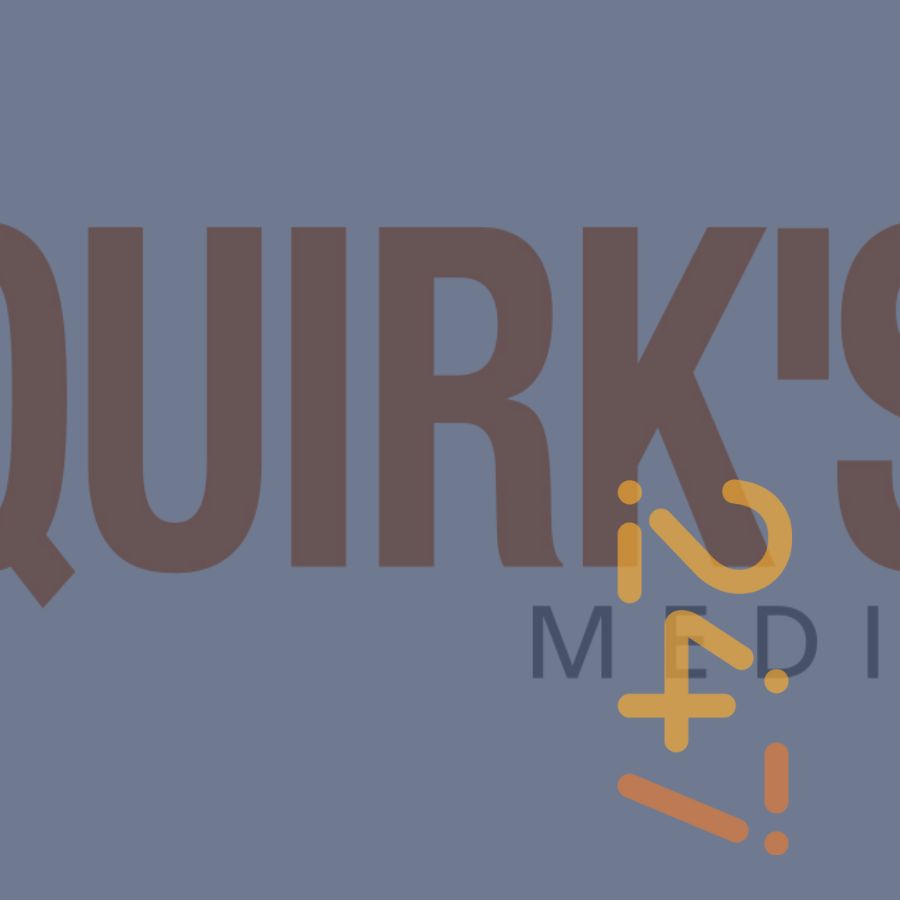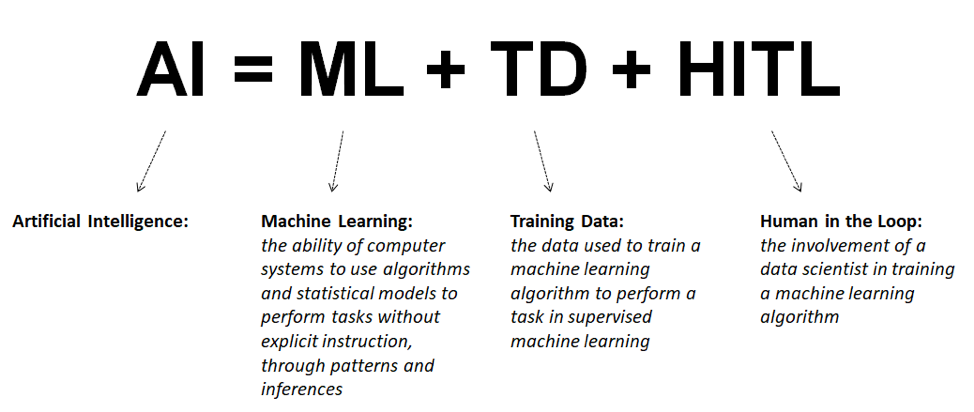
listening247 In the Press
listening247 featured in Quirk's Newsletter
listening247, specifically an article authored by CEO Michalis Michael, was featured in the Quirk's newsletter and website earlier this month. The article, titled 'Weak, strong AI and the future of marketing research' revolves around the legal and ethical frameworks that may surround the future of Artificial Intelligence and its potential impact on market research.
Weak AI
AI can be categorized into two types: weak AI and strong AI. Most of the AI applications we see today, including social intelligence powered by text analytics (NLP), are examples of weak AI. This typically involves supervised machine learning, although there is a growing number of cases where semi-supervised or fully unsupervised machine learning is employed.
For now, we can define weak AI with the following formula: AI = ML + TD + HITL.

Fig 1. Weak AI formula: AI = ML + TD + HITL
Strong AI
Strong AI, also known as full or general AI, is quite different from the weak AI we see today. It's often defined by Alan Turing's test, where a human converses with both a machine and another human without being able to consistently tell which is which. Turing, a renowned English mathematician famous for breaking the Enigma code during WWII, set this as a benchmark for true artificial intelligence.
Optimists predict that strong AI could become a reality within the next 10 to 15 years, while pessimists push that timeline closer to 2100. Some discussions even delve into the possibility of machines with consciousness. However, as author and historian Yuval Noah Harari suggests, the goal for many AI applications isn't to replicate human emotions or consciousness. For instance, an autonomous car only needs to take us from point A to point B efficiently, without needing to have feelings about current events or the scenery, much like how we don't require a taxi driver to share their thoughts to do the job well. The same principle can be applied to many other tasks in work and life.
Augmented intelligence
Some people like to challenge the notion of artificial intelligence, giving the acronym AI a new interpretation: augmented intelligence.
Vernor Vinge, a former professor of mathematics and computer science and the originator of the technological singularity concept, came up with four options of the singularity manifestation:
- - The development of computers that are "awake" and superhumanly intelligent.
- - Large computer networks (and their associated users) may "wake up" as a superhumanly intelligent entity.
- - Computer/human interfaces may become so intimate that users may reasonably be considered superhumanly intelligent.
- - Biological science may find ways to improve upon the natural human intellect.
Options three and four may involve the augmentation of human intelligence to a superintelligence. The problem with these two options is that only super rich people will be able to afford them; resulting with inequality issues between new castes of humans.
AI’s impact on humanity
Artificial intelligence, like all major technological advancements, significantly impacts humanity, and its effects can be both positive and negative. Much like the Industrial Revolution shaped our current way of life, AI is poised to create profound changes. Some dire predictions highlight its potential impact: "Two billion people may be unemployed by 2050," "Humanity risks being overrun by machines," and "This could spell the end of the human race," with Stephen Hawking also echoing these concerns.
However, there's an opportunity to envision a positive future and work towards it. Instead of fixating on potential unemployment, we could embrace the chance to enjoy more leisure time, pursue passions, and enhance our quality of life. One proposed solution to counteract AI-induced unemployment is the universal basic income. While it offers a potential safety net, its effectiveness remains debated, as too many people with idle time and resources might pose new challenges for society.
Ethical and legal framework
We need new laws and we need to figure out what moral compass we want to ingrain in the autonomous machines of the future – if that is at all possible – to avoid scenarios described in science fiction films such as “Ex Machina” and “I, Robot.”
As per Isaac Asimov’s laws about robots from the previous century:
- - A robot may not injure a human being or, through inaction, allow a human being to come to harm.
- - A robot must obey the orders given to it by human beings, except where such orders would conflict with the first law.
- - A robot must protect its own existence as long as such protection does not conflict with the first or second laws.
At first glance they seem reasonable; he certainly thought that if these principles were to be applied, humanity would be safe from destruction by AI powered machines. Apparently, he was wrong.
Humans cannot realistically expect to be the boss of machines that are a million times smarter than them. What we will need is machine ethics for superintelligence, and the laws or principles cannot be chauvinistic as Asimov’s are.
AI’s impact on market research
Artificial intelligence is revolutionizing our industry by analyzing large volumes of unstructured data with high accuracy. This capability enhances insights into consumer behavior, lead generation, influencer identification, and customer experience. Unsolicited consumer opinions online should complement rather than replace traditional surveys, with future feedback collection likely focusing on short, targeted interactions and online communities.
As AI becomes more prevalent, we can expect a consolidation of tools and the rise of social intelligence as a separate discipline from traditional market research. AI and machine learning now allow us to explore the vast unstructured data—text, images, audio, and video—that makes up 80%-90% of human knowledge. This advancement promises to turn this wealth of information into actionable insights, significantly expanding our understanding beyond the limited scope of traditional survey data.
New standard
If we simply consider all the useful data that is available online, then social intelligence – to close the loop on this article – should become the new standard in gathering consumer opinion for market research and general business intelligence.
Conclusion
The In conclusion, given the wealth of valuable data available online, social intelligence should be recognized as the new standard for gathering consumer opinions in market research and business intelligence. Embracing this approach will enable businesses to leverage comprehensive insights and stay ahead in a rapidly evolving landscape.
About Quirk's
Seeing a need for a publication to promote the value of marketing research, as well as a comprehensive directory of research providers, Tom Quirk launched Quirk’s Marketing Research Review in October 1986. Today Quirk’s has over 60,000 subscribers in 110+ countries and their mission is to be the marketing research information source for those that conduct, coordinate and purchase research products and services.
Origal Source: Quirks Media
